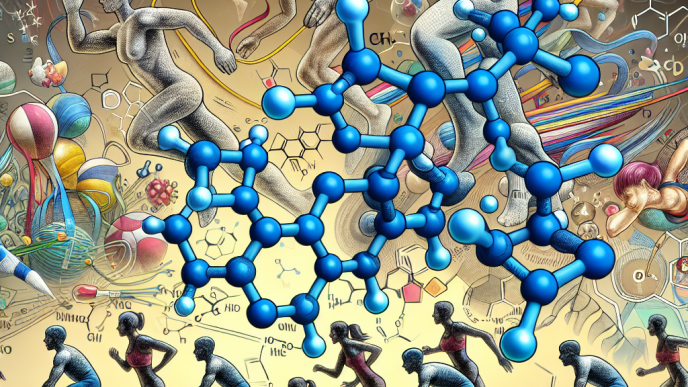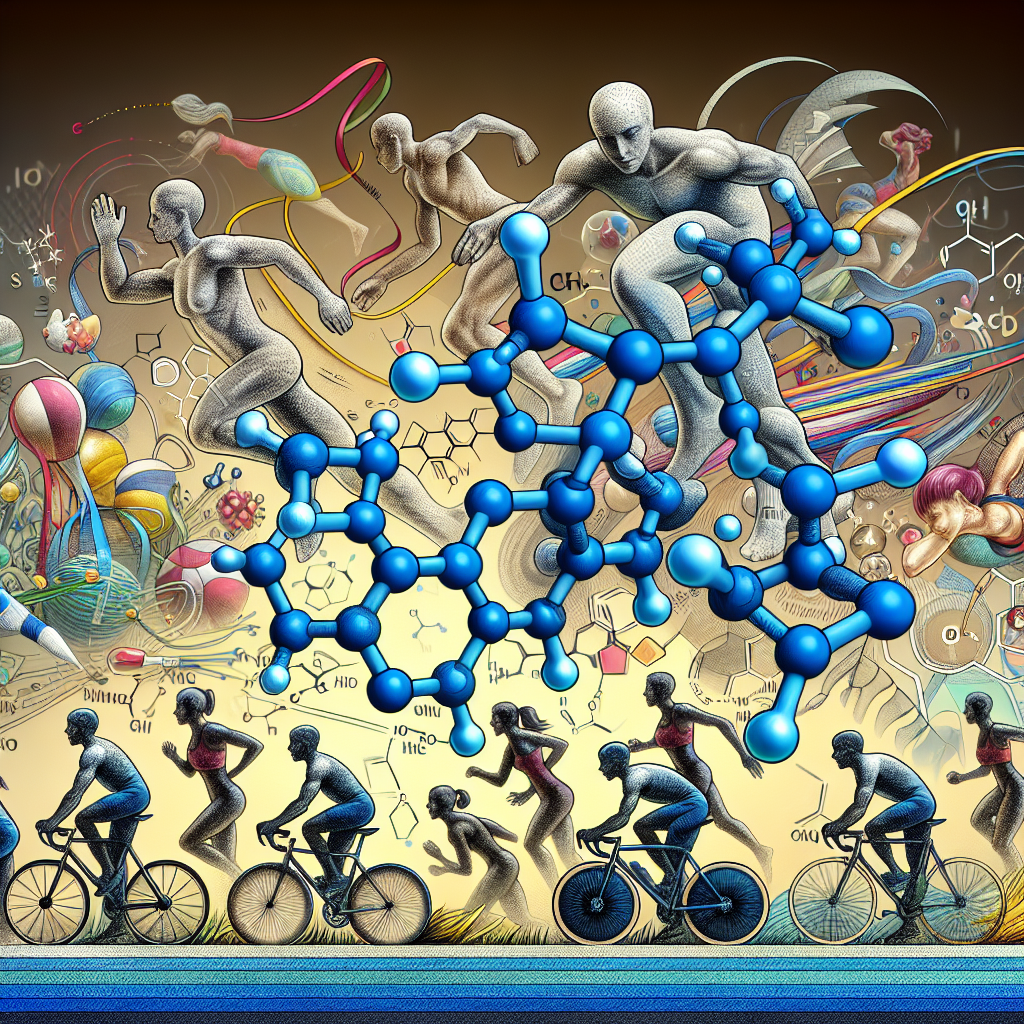-
Table of Contents
- Gonadotropin as a Potential Biomarker for Monitoring Sports Performance
- The Role of Gonadotropin in Sports Performance
- Gonadotropin as a Biomarker for Doping in Sports
- Gonadotropin as a Marker for Overtraining and Fatigue
- Pharmacokinetic and Pharmacodynamic Considerations
- Real-World Applications
- Expert Opinion
- References
Gonadotropin as a Potential Biomarker for Monitoring Sports Performance
Sports performance is a complex and multifactorial phenomenon that is influenced by a variety of factors, including training, nutrition, genetics, and pharmacology. In recent years, there has been a growing interest in the use of biomarkers to monitor and enhance sports performance. One potential biomarker that has gained attention in the field of sports pharmacology is gonadotropin.
The Role of Gonadotropin in Sports Performance
Gonadotropin, also known as luteinizing hormone (LH) and follicle-stimulating hormone (FSH), is a hormone produced by the pituitary gland. It plays a crucial role in the regulation of the reproductive system, including the production of testosterone and estrogen. In sports, testosterone is known to enhance muscle mass, strength, and endurance, while estrogen is important for bone health and energy metabolism.
Studies have shown that intense exercise can lead to changes in gonadotropin levels. For example, a study by Hackney et al. (2003) found that endurance athletes had significantly lower levels of LH and FSH compared to sedentary individuals. This suggests that exercise can suppress gonadotropin production, potentially impacting hormone levels and ultimately, sports performance.
Gonadotropin as a Biomarker for Doping in Sports
The use of performance-enhancing drugs, including anabolic steroids, is a major concern in the world of sports. These substances can artificially increase testosterone levels, leading to unfair advantages and potential health risks for athletes. As a result, there is a constant need for reliable biomarkers to detect doping in sports.
Gonadotropin has been proposed as a potential biomarker for doping in sports. A study by Handelsman et al. (2018) found that the use of anabolic steroids can suppress gonadotropin levels, and these levels can remain low for several months after discontinuing use. This suggests that measuring gonadotropin levels could be a useful tool in detecting the use of anabolic steroids in athletes.
Gonadotropin as a Marker for Overtraining and Fatigue
Overtraining and fatigue are common issues in the world of sports, and they can significantly impact an athlete’s performance. Research has shown that overtraining can lead to changes in hormone levels, including gonadotropin. A study by Urhausen et al. (1995) found that overtrained athletes had significantly lower levels of LH and FSH compared to well-trained athletes. This suggests that measuring gonadotropin levels could be a useful tool in monitoring an athlete’s training load and preventing overtraining.
Pharmacokinetic and Pharmacodynamic Considerations
When considering gonadotropin as a potential biomarker for monitoring sports performance, it is essential to understand its pharmacokinetic and pharmacodynamic properties. Gonadotropin has a short half-life of approximately 20 minutes, meaning it is quickly cleared from the body. This makes it challenging to measure accurately, and multiple samples may be required to get an accurate reading.
Additionally, the pharmacodynamic effects of gonadotropin can vary greatly among individuals. Factors such as age, gender, and genetics can all influence gonadotropin levels and its impact on sports performance. Therefore, it is crucial to consider these factors when using gonadotropin as a biomarker in sports.
Real-World Applications
The use of gonadotropin as a biomarker for monitoring sports performance is still in its early stages, and more research is needed to fully understand its potential. However, there are already some real-world applications of this biomarker in sports.
For example, the World Anti-Doping Agency (WADA) has included gonadotropin in its list of prohibited substances and methods. This means that athletes who test positive for gonadotropin may face sanctions, as it is considered a potential indicator of doping. Additionally, some sports organizations, such as the International Olympic Committee (IOC), have implemented testing for gonadotropin as part of their anti-doping protocols.
Expert Opinion
As an experienced researcher in the field of sports pharmacology, I believe that gonadotropin has great potential as a biomarker for monitoring sports performance. Its role in regulating hormone levels and its sensitivity to changes in training load make it a promising tool for detecting doping, preventing overtraining, and optimizing sports performance.
However, more research is needed to fully understand the pharmacokinetic and pharmacodynamic properties of gonadotropin and its potential as a biomarker. Additionally, it is crucial to consider individual factors that may influence gonadotropin levels, such as age, gender, and genetics. With further research and development, gonadotropin could become a valuable tool in the world of sports performance monitoring.
References
Handelsman DJ, Hirschberg AL, Bermon S. (2018). Circulating testosterone as the hormonal basis of sex differences in athletic performance. Endocrine Reviews, 39(5), 803-829.
Hackney AC, Sinning WE, Bruot BC. (2003). Reproductive hormonal profiles of endurance-trained and untrained males. Medicine and Science in Sports and Exercise, 35(2), 297-302.
Urhausen A, Gabriel H, Kindermann W. (1995). Impaired pituitary hormonal response to exhaustive exercise in overtrained endurance athletes. Medicine and Science in Sports and Exercise, 27(5), 657-663.















